Lakes are some of the most stunning and varied natural features on Earth, covering vast areas and housing unique ecosystems. The world’s largest ones span multiple countries, serve as critical water sources, and provide habitat for countless species. Each has its own remarkable traits and ecological significance. This list explores some of the planet’s largest lakes by surface area, offering insight into their depths, ecosystems, and roles in local and global ecosystems.
Lake Erie
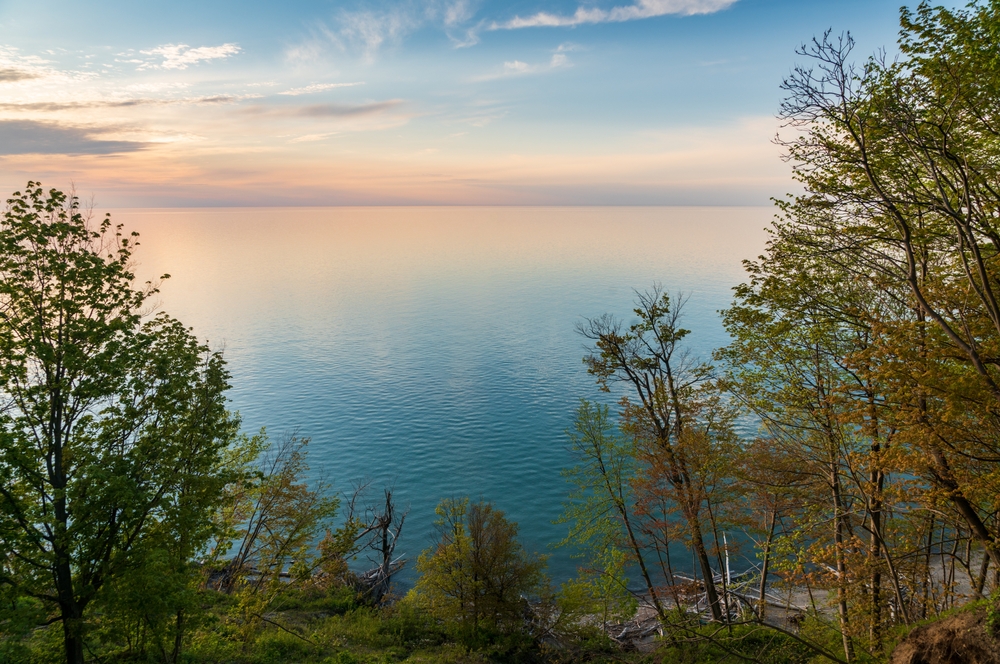
Lake Erie covers approximately 25,700 square kilometers, making it the shallowest of North America’s Great Lakes with an average depth of 19 meters. This lake borders five states: Ontario, Ohio, Pennsylvania, Michigan, and New York. It supports a significant fish population, offering vibrant ecosystems that bolster both recreational and commercial fishing. Its warmer waters make it particularly attractive for summer activities, including boating and swimming. However, agricultural runoff has led to severe algal blooms, impacting water quality and posing risks to its aquatic habitats. Conservation efforts are ongoing to mitigate nutrient levels and preserve the lake’s ecosystem. It is vital to regional tourism and industry, with its health impacting millions along its shores.
Great Slave Lake

Spanning 28,568 square kilometers in Canada’s Northwest Territories, Great Slave Lake is Canada’s deepest lake, reaching depths of 614 meters. This frigid, remote lake has long supported Indigenous communities that rely on its fish-rich waters. The city of Yellowknife sits on its northern shore, a hub for northern transportation and mining. Winter temperatures lead to thick ice covering, which provides a seasonal network of ice roads. Climate change presents new challenges for it, affecting the natural cycles on which its ecosystems depend. Conservation is essential to protect the local fish populations and Indigenous traditions linked to it.
Lake Malawi
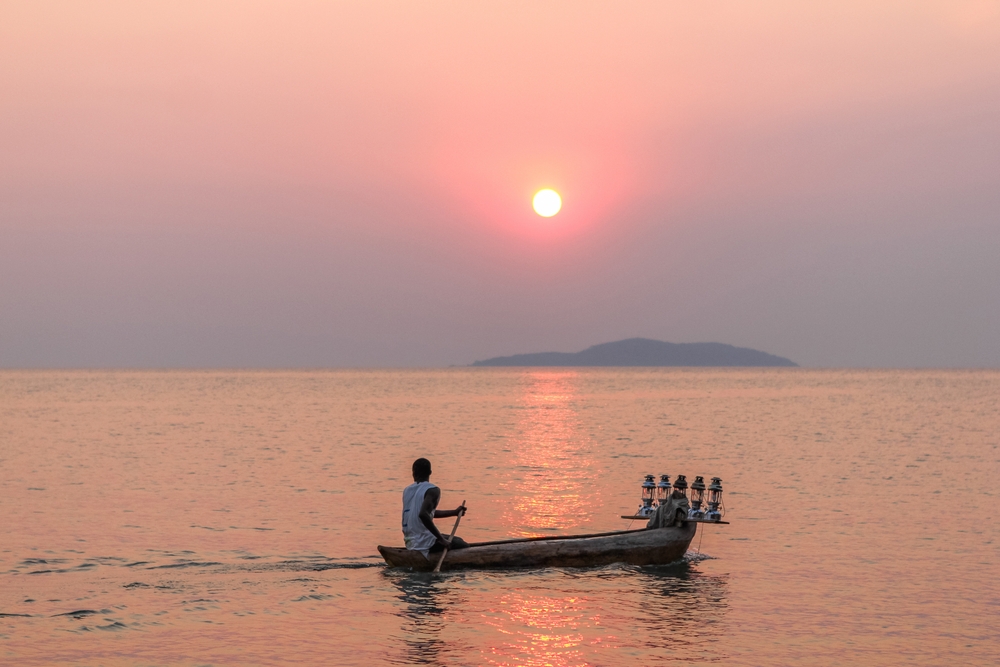
Lake Malawi, known for its pristine clarity and colorful fish species, spans approximately 29,500 square kilometers across Malawi, Mozambique, and Tanzania. This deep lake reaches 706 meters and is teeming with unique fish species, particularly the cichlids, making it a hotspot for biodiversity and eco-tourism. Often referred to as the “Lake of Stars” for its reflective waters, it plays a major role in supporting local livelihoods through fishing, tourism, and transport. However, pressures from overfishing and pollution present ecological threats, prompting active conservation efforts. Its scenic shores and clear waters make it one of the most visited lakes in Africa.
Great Bear Lake
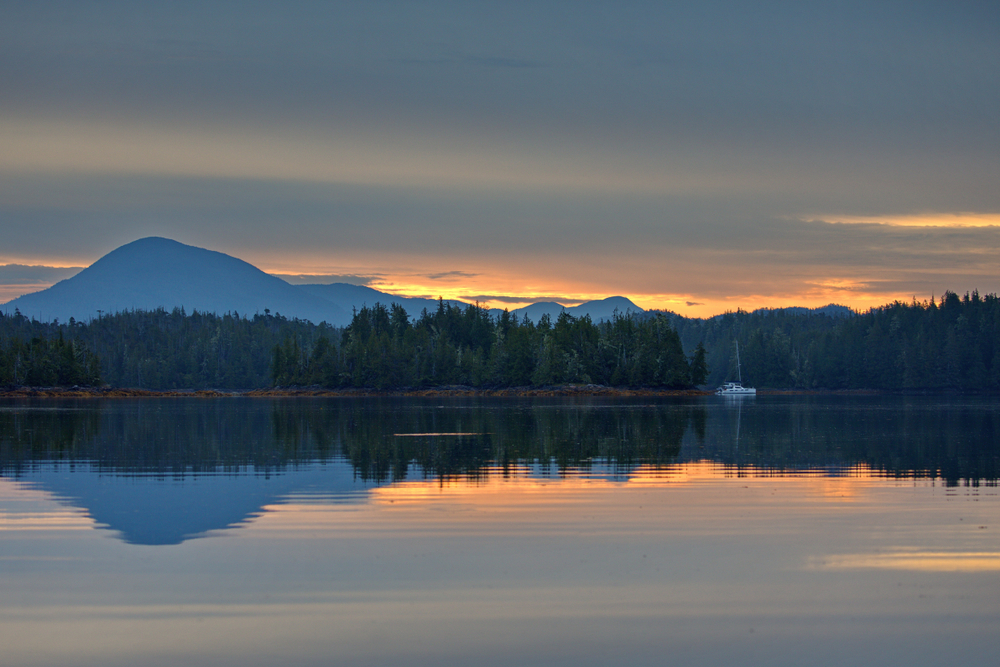
Located in Canada’s Northwest Territories, Great Bear Lake spans about 31,328 square kilometers, with an impressive depth of 446 meters. It is one of the clearest and least disturbed in the world, with cold, pristine waters fed by surrounding glaciers. The Indigenous communities around it have relied on its abundant fish, particularly lake trout, for generations. Its remote location and frigid climate make it challenging to access, preserving its natural beauty. However, climate change and nearby industrial activities pose risks to its ecosystems, impacting traditional ways of life. Conservation efforts aim to protect its purity and biodiversity. It remains culturally significant to the surrounding First Nations communities.
Lake Baikal

Lake Baikal, located in Siberia, Russia, is the oldest and deepest lake on Earth, covering about 31,500 square kilometers and plunging to 1,642 meters. This ancient lake is a biodiversity treasure, containing around 20% of the world’s unfrozen freshwater and supporting unique flora and fauna, including the freshwater Baikal seal. Its crystal-clear waters, fed by Siberian snowmelt, allow visibility to depths of about 39 meters. Its unique ecosystem is under threat from pollution and industrial activities, despite conservation efforts. Researchers study its depths to understand the ancient ecosystems it preserves. With its historical and ecological significance, it remains one of the world’s natural wonders.
Lake Tanganyika
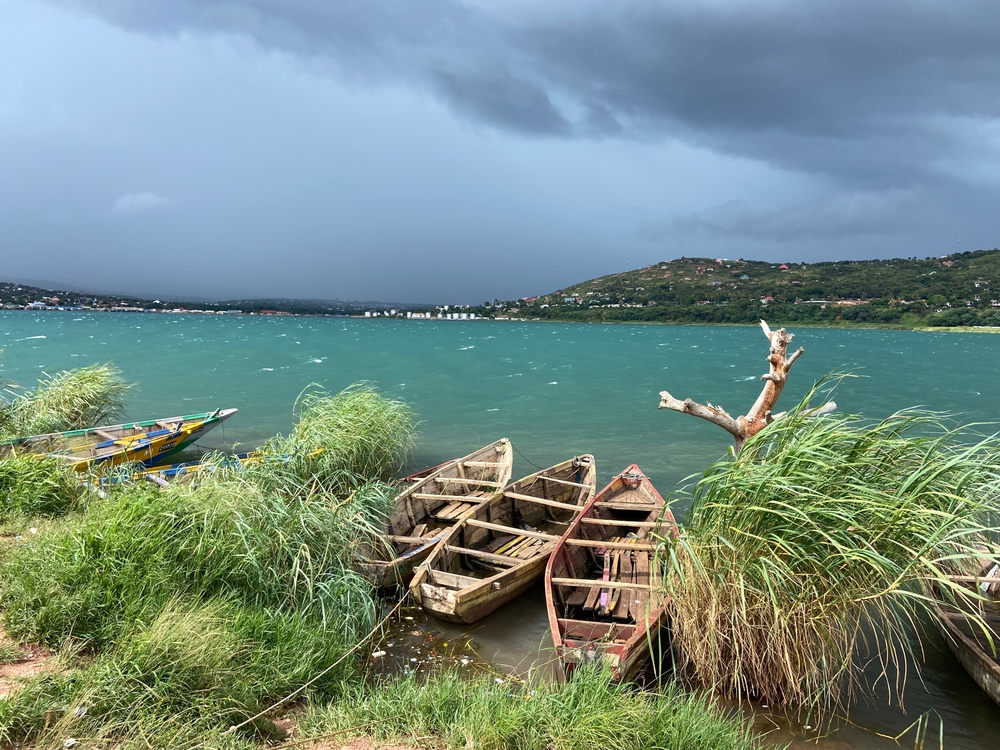
Lake Tanganyika, spanning 32,900 square kilometers, stretches across four African countries: Tanzania, the Democratic Republic of the Congo, Burundi, and Zambia. At 1,470 meters deep, it is the second-deepest freshwater lake in the world and the longest by stretch. It is renowned for its rich biodiversity, especially its diverse fish population, which supports local fishing communities. Its clear waters and unique species make it a research site for biologists and ecologists. It is a vital resource for surrounding populations, although it faces threats from pollution and invasive species. Conservation projects are underway to help sustain its ecosystems. Its extensive reach and vibrant life make it a crucial part of Africa’s Great Rift Valley.
Lake Michigan
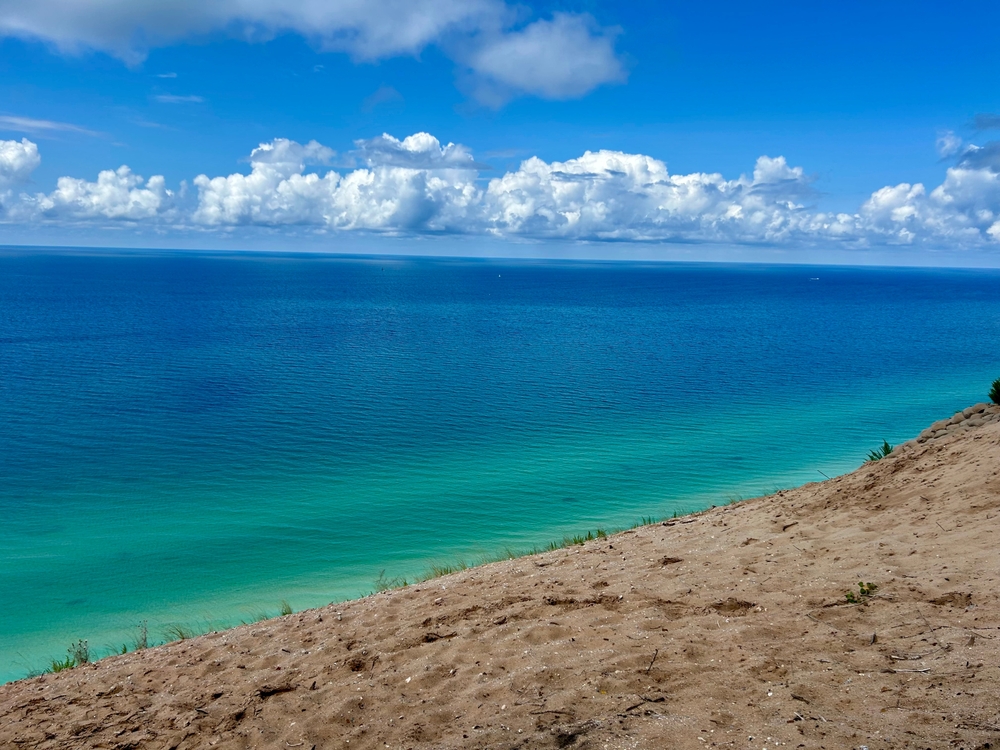
Covering 58,000 square kilometers, Lake Michigan is the only Great Lake located entirely within the United States, bordered by Wisconsin, Illinois, Indiana, and Michigan. Its maximum depth is 281 meters, supporting numerous fish species and major cities like Chicago along its shoreline. Lake Michigan’s waters play a significant role in regional commerce and transportation, connecting to the Atlantic Ocean through the St. Lawrence Seaway. Known for its scenic beaches and winter ice formations, it’s a popular destination for outdoor enthusiasts. However, ecological challenges such as invasive species and pollution affect its natural resources.
Lake Huron

Lake Huron, spanning 59,600 square kilometers, is a major Great Lake situated between the United States and Canada. Known for its long shoreline, it is home to over 30,000 islands, including Manitoulin Island, the world’s largest lake island. With a depth of 229 meters, it supports a variety of fish species and is important for local economies that depend on fishing and tourism. Its waters are susceptible to pollution from industrial activities, affecting its ecosystems. Its historic shipwrecks draw divers, and the lake is renowned for recreational activities.
Lake Victoria
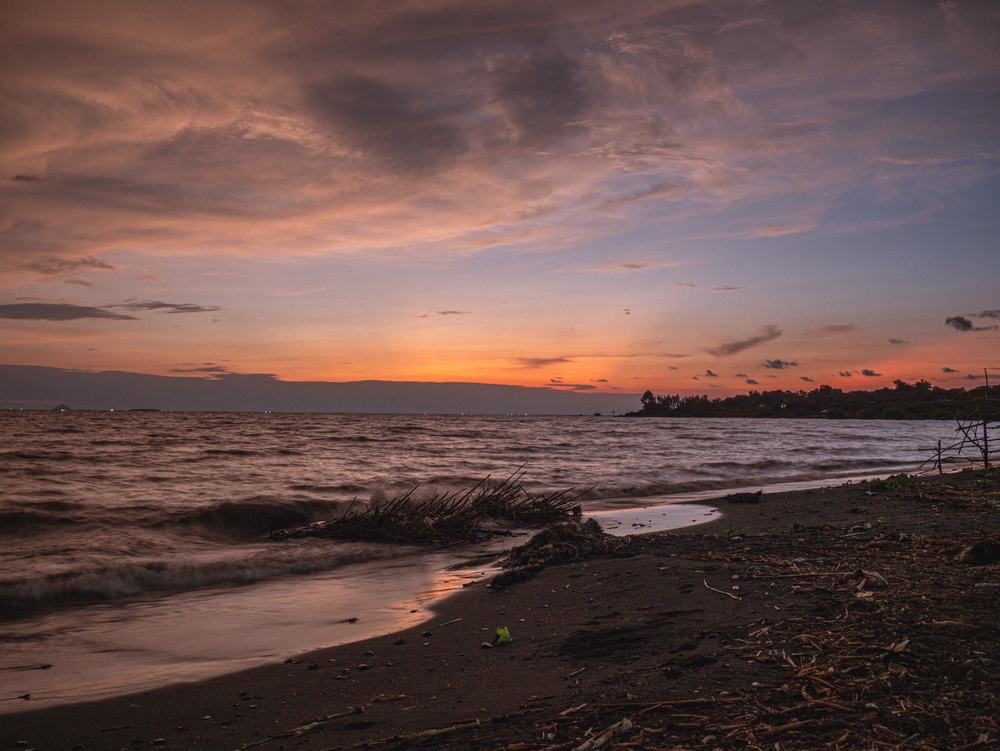
Lake Victoria, Africa’s largest lake, spans about 68,870 square kilometers, touching Tanzania, Uganda, and Kenya. It is the primary source of the Nile River, sustaining diverse ecosystems and supporting fishing communities. Its tropical setting makes it a vibrant hub of biodiversity, yet it faces ecological challenges from invasive species and pollution. Named after Queen Victoria, it holds cultural and economic importance for the surrounding nations. Conservation projects are ongoing to preserve its resources, given its role in sustaining millions of livelihoods. Its vastness and historical significance make it a central feature of East Africa’s geography.
Lake Superior
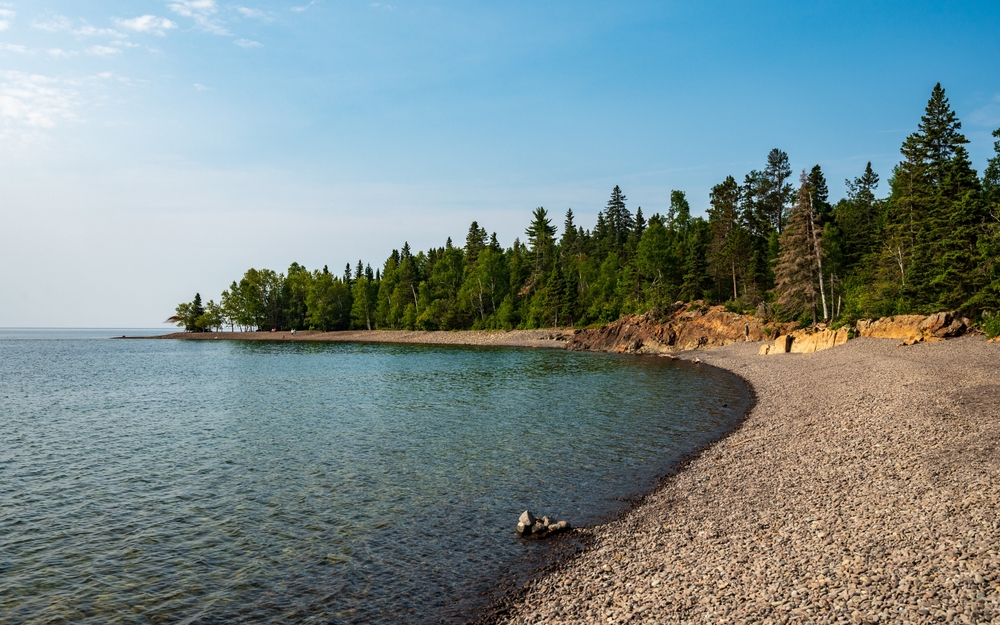
The largest of the North American Great Lakes, Lake Superior covers 82,100 square kilometers and reaches a depth of 406 meters. Located between Canada and the United States, it contains about 10% of the world’s surface freshwater. It is known for its clear waters, allowing visibility of up to 27 meters, and its rugged, scenic landscapes. It is critical for shipping, providing a key link for transporting goods through the St. Lawrence Seaway. It also faces environmental threats from pollution and invasive species, despite its relatively pristine condition. It remains a vital natural resource and tourist destination.
Caspian Sea

The Caspian Sea, covering 371,000 square kilometers, is the world’s largest enclosed inland body of water, bordered by five countries. Its maximum depth of 1,025 meters classifies it as a massive saline lake rather than a sea. It holds vast reserves of oil and gas, making it economically significant. It supports diverse ecosystems, including the endangered Caspian seal, but industrial activities threaten its health. It experiences significant seasonal fluctuations, affecting its shoreline and ecosystems.
This article originally appeared on Rarest.org.
More from Rarest.org
17 Exotic Beetles with Remarkable Coloration and Design
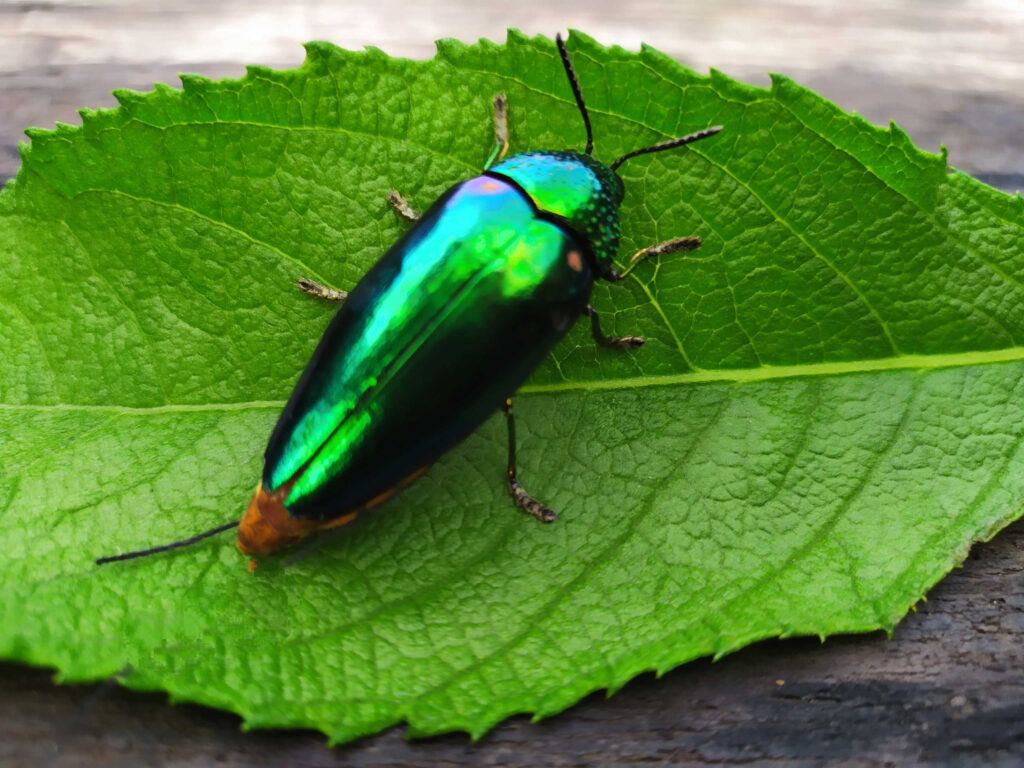
Beetles come in a wide variety of vibrant colors and intricate designs. These remarkable insects, found in diverse habitats, often captivate with their exotic appearances. Read More.
15 Lavish Cruise Lines Offering the Best in Comfort and Style
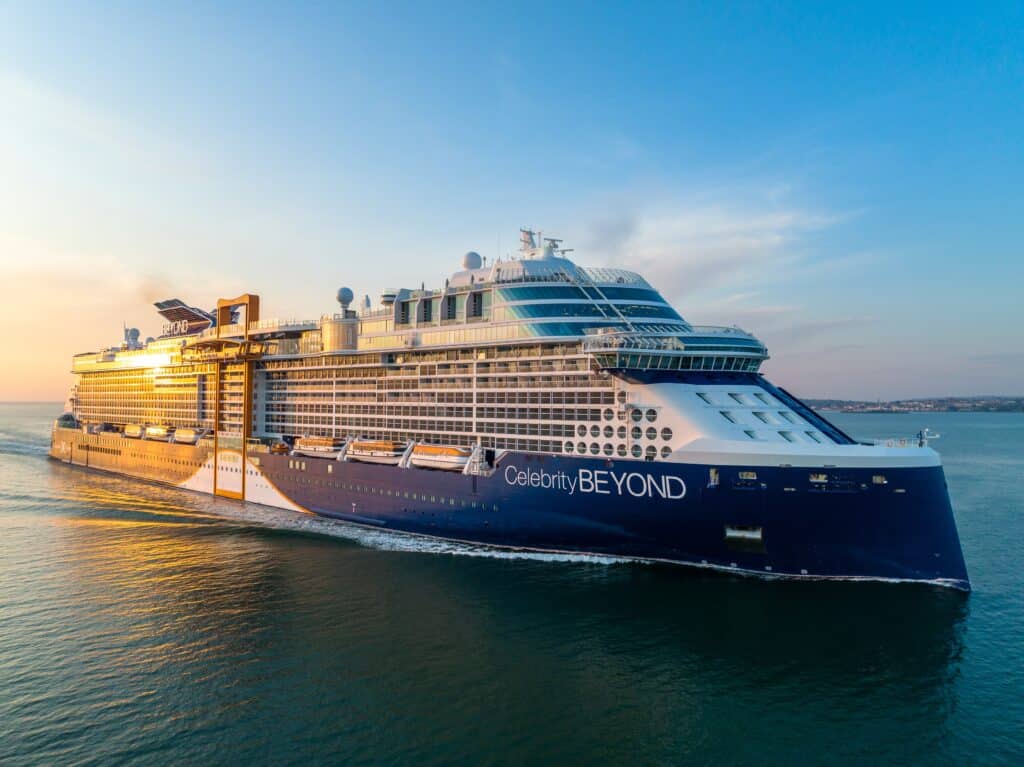
When it comes to luxury travel, few experiences can match the opulence and comfort of a cruise. For those seeking the ultimate in relaxation and style, selecting the right cruise line is essential. Read More.
14 Mysterious Lost Civilizations That Still Puzzle Historians
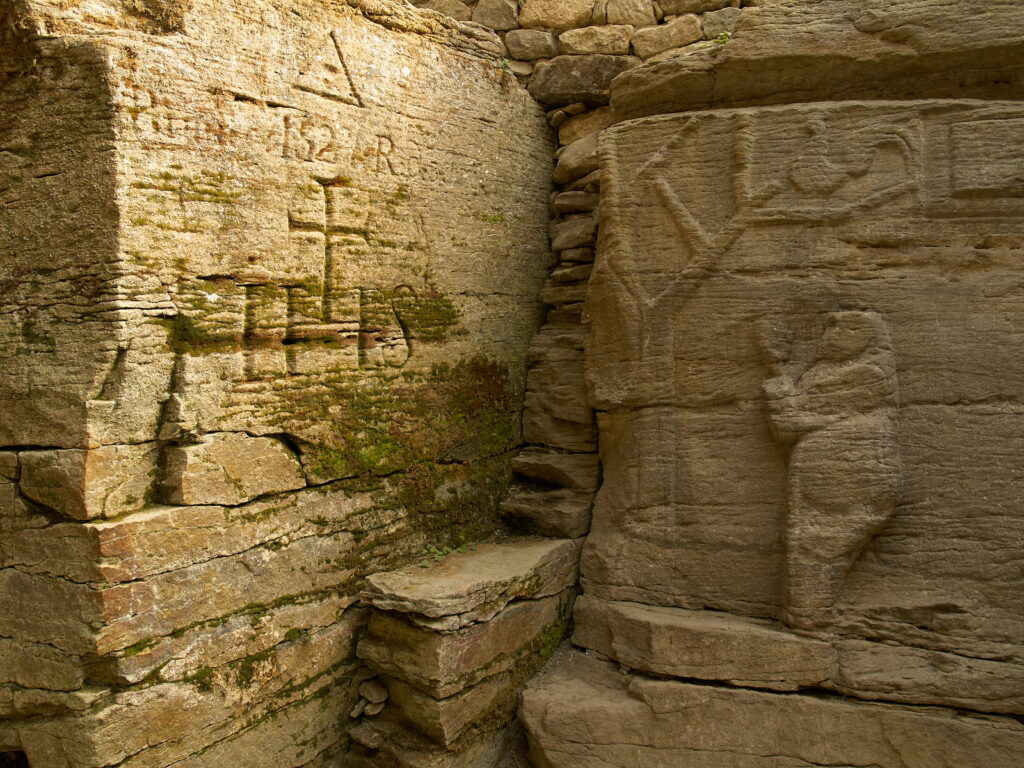
Throughout history, many civilizations have risen to greatness, only to mysteriously vanish, leaving behind ruins and unanswered questions. These lost cultures, once thriving and influential, continue to puzzle historians and archaeologists alike. Read More.
